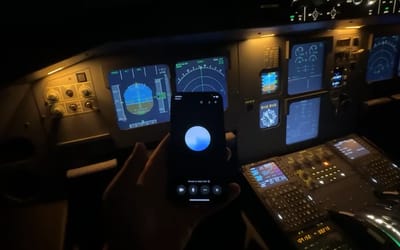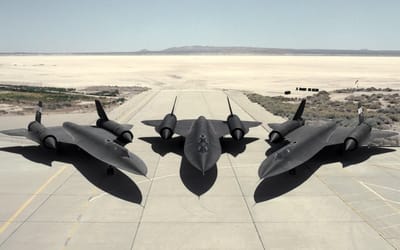Guy used both the V2 and V3 Tesla Superchargers to see if it actually matters which one you use
- Tesla’s V3 Superchargers offer faster charging than to the V2s
- One man, however, felt skeptical about this
- He put the two chargers to the test, and it turns out he was right
Published on Jan 26, 2025 at 10:00 AM (UTC+4)
by Andie Reeves
Last updated on Jan 21, 2025 at 9:52 PM (UTC+4)
Edited by
Tom Wood
This man did the ultimate test to see the difference between the V2 and a V3 Superchargers.
The V3 Superchargers were introduced in 2019, and are supposed to be much faster than their predecessors.
However, some have questioned just how significant the improvement is.
A YouTuber carefully recorded charging his Model Y at both chargers and and uncovered results that might surprise some.
DISCOVER SBX CARS: The global premium car auction platform powered by Supercar Blondie
Battle of the Superchargers
A major perk of owning an EV is how much money owners save on gas.
One Tesla driver spent just $436 charging his truck at home for a whole year.
Tesla continues to optimize its charging setup, allowing its customers to maximize charging efficiency and value.
The company introduced its V3 Superchargers in 2019, which promised faster charging and reduced energy loss, resulting in more effective charging for your money.
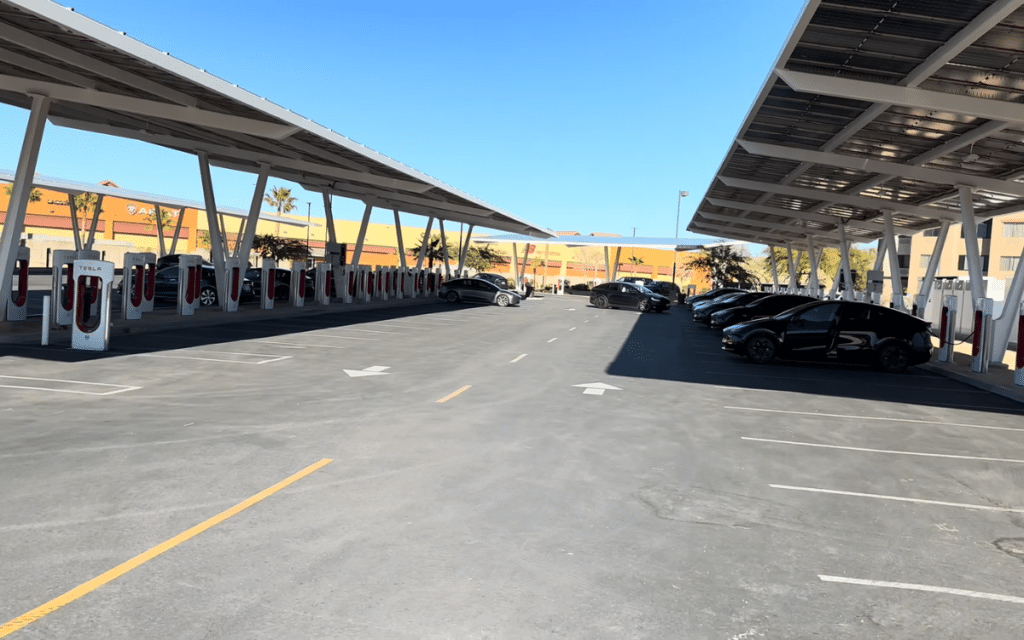
However, YouTuber Branden Flasch was sceptical as to just how much better the V3 was compared to the V2 chargers.
He recorded himself charging his Model Y from 10 percent to 80 percent at both a V2 and a V3 Supercharger.
While the V3 was noticeably faster than the V2, the difference was pretty insignificant.
Flasch believes other factors play a far greater role in charging efficiency.
The difference between a V2 and a V3
Flasch was careful to make the two charging experiences as identical as possible, pre-conditioning the battery each time to the optimal temperature for charging.
Unlike the guy who deep-froze his Model 3 Performance before plugging it in.
He also ensured that he wasn’t sharing power at the V2 Supercharger, a factor that can seriously impact charging speed.
For the test, he plugged his Model Y LR RWD in at 10 percent, timing how long it would take to reach 80 percent.
The V3 initially outpaced the V2, however, its speed dropped a few minutes into the session.
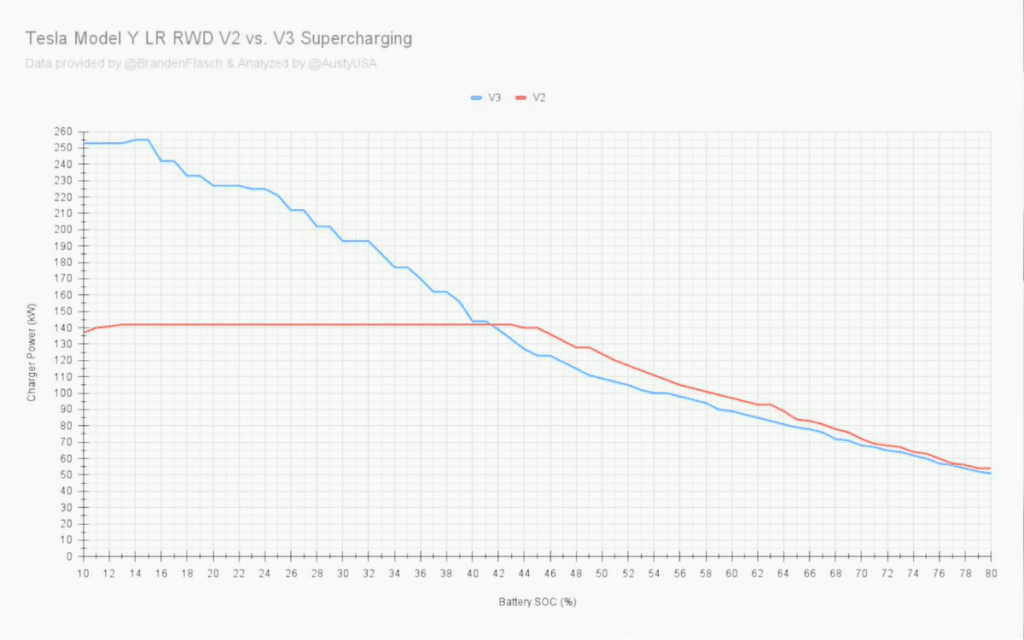
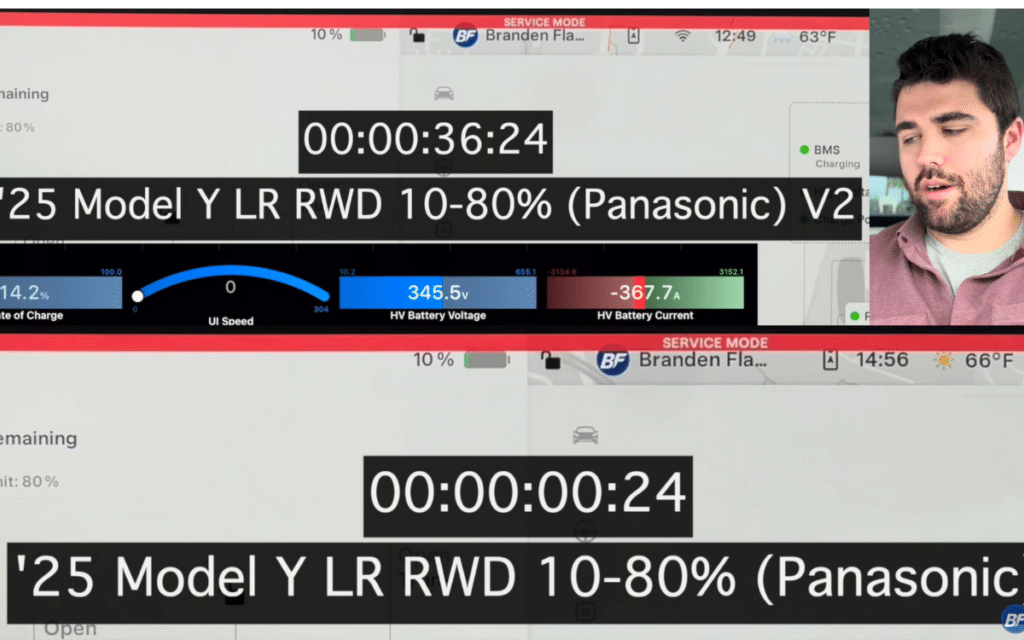
By 15 minutes the V3 is at 55 percent while the V2 has achieved 50 percent charge.
The V3 reaches 80 percent at 31:03, but the V2 is right behind it, getting the Model Y to 80 percent in just under 35 minutes.
This difference is almost not worth mentioning, Flasch points out.
He also notes that the speed of the charge only starts to matter when the battery is at below 43 percent.
So drivers plugging in at 43 percent or higher won’t notice a significant difference between a V2 and a V3 Supercharger.
Flasch shares that what really matters is choosing a charger that’s closest to the highway.
It’s also important to ensure you’re not sharing power at a V2 station.
This might become harder to avoid considering Mercedes-Benz EV cars will soon have access to the Supercharger network.
Andie is a content writer from South Africa with a background in broadcasting and journalism. Starting her career in the glossy pages of Cosmopolitan and Marie Claire, Andie has a broad portfolio, covering everything from sustainability solutions to celebrity car collections. When not at her laptop Andie can be found sewing, recording her podcast, taking board games too seriously or road-tripping in her bright green Kia.


